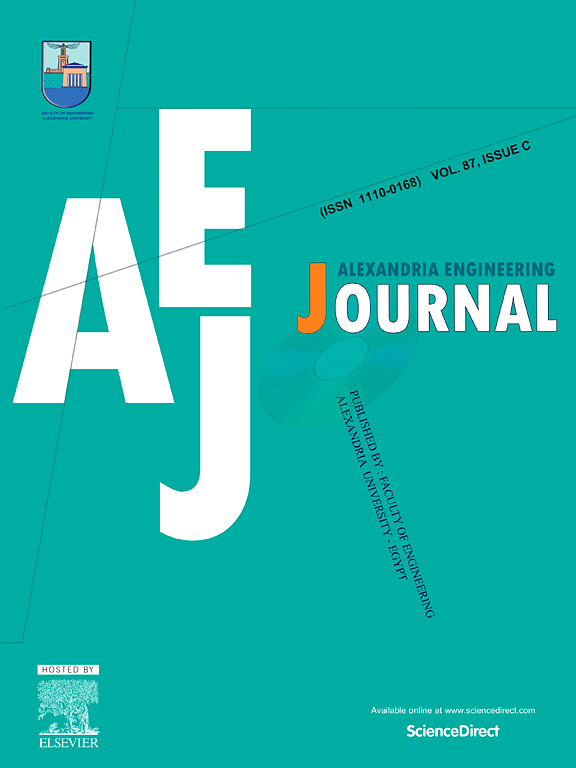Efficient malware detection using NLP and deep learning model
IF 6.2
2区 工程技术
Q1 ENGINEERING, MULTIDISCIPLINARY
引用次数: 0
Abstract
Malware has emerged as a significant challenge in contemporary society, growing in tandem with technological advancements. Consequently, the classification of malware has become a pressing concern for various services. Conventional malware detection techniques, such as signature matching, are constrained by the dynamic evolution of malware, which limits their adaptability and efficacy. To tackle these issues, this study employs natural language processing (NLP) and deep learning approaches to categorize malware entities as either malicious or benign. The model incorporates image processing by transforming code segments into image pixels, applying convolutional operations, and utilizing advanced deep learning methodologies. Following processing, the model generates a normalized value through the sigmoid function, which is then rounded to yield a binary classification. The results were validated using multiple metrics, including precision and accuracy, to evaluate the model's effectiveness and ensure optimal performance throughout the classification process. The proposed model's performance was assessed on datasets of kernel API calls by the malware. The research highlights that using NLP from the function calls and deep learning techniques for malware classification enhances the accuracy and adaptability of detecting malicious software which overcomes the limitations of traditional signature-based methods. The model delivers encouraging results, presenting a viable solution for effective malware classification. This paper aims to experiment with different variables of a malicious code that are often overlooked while analysing a malware.
求助全文
约1分钟内获得全文
求助全文
来源期刊

alexandria engineering journal
Engineering-General Engineering
CiteScore
11.20
自引率
4.40%
发文量
1015
审稿时长
43 days
期刊介绍:
Alexandria Engineering Journal is an international journal devoted to publishing high quality papers in the field of engineering and applied science. Alexandria Engineering Journal is cited in the Engineering Information Services (EIS) and the Chemical Abstracts (CA). The papers published in Alexandria Engineering Journal are grouped into five sections, according to the following classification:
• Mechanical, Production, Marine and Textile Engineering
• Electrical Engineering, Computer Science and Nuclear Engineering
• Civil and Architecture Engineering
• Chemical Engineering and Applied Sciences
• Environmental Engineering
 求助内容:
求助内容: 应助结果提醒方式:
应助结果提醒方式:


